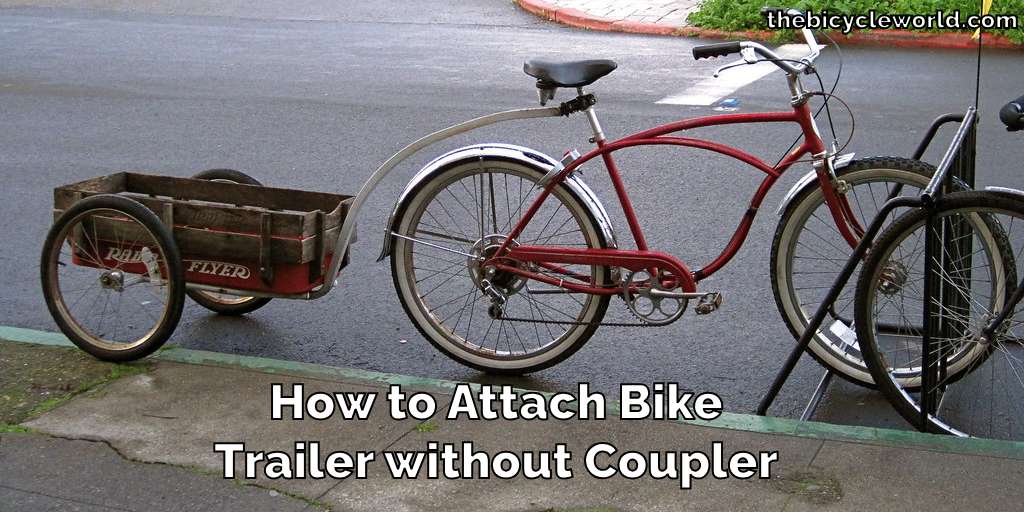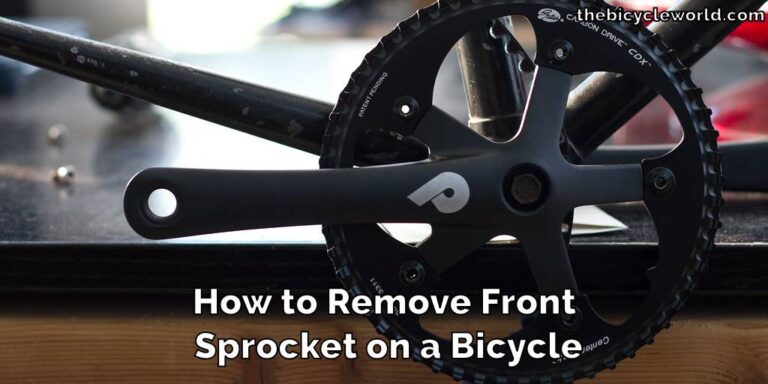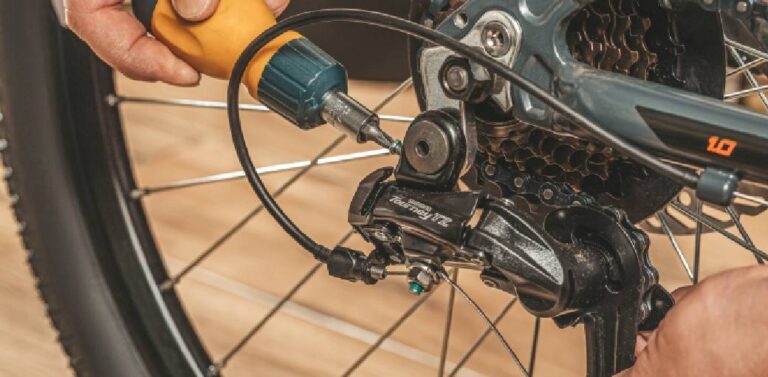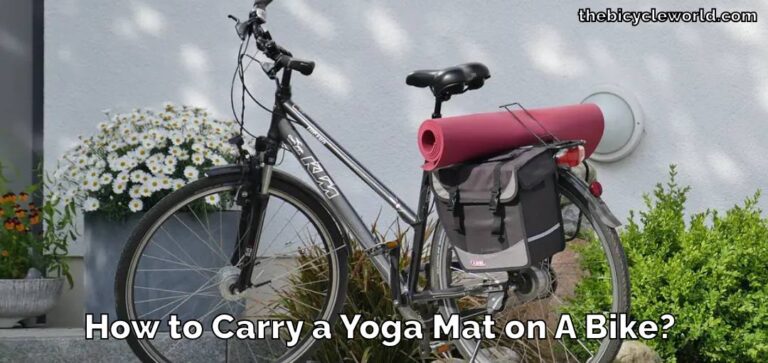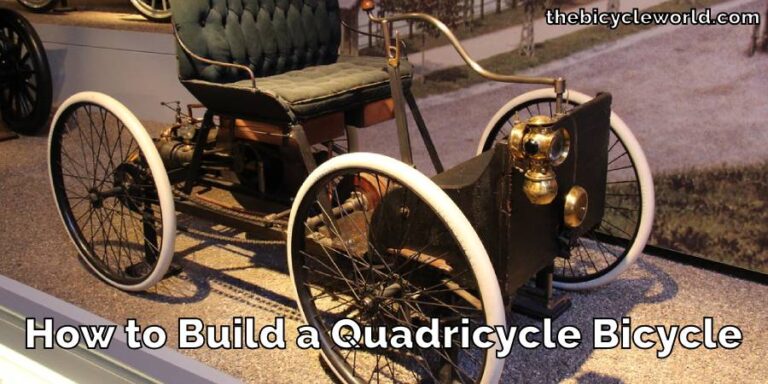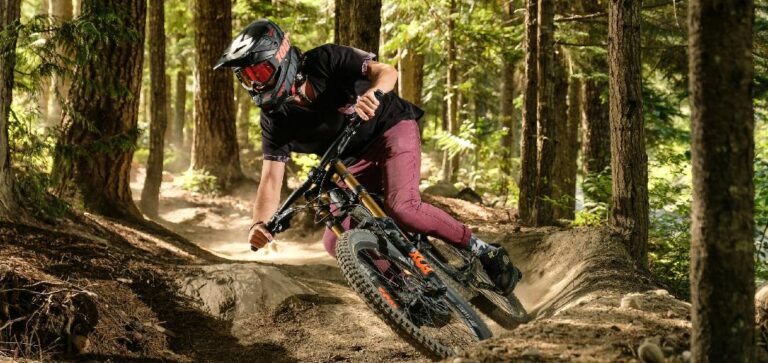How to Attach Bike Trailer without Coupler
Introduction
Biking enthusiasts often face the challenge of transporting additional gear or even little ones during their rides. A common solution is a bike trailer, but what if you don’t have a coupler or prefer not to use one?
This guide focuses on “how to attach bike trailer without coupler”, providing a step-by-step approach to this task.
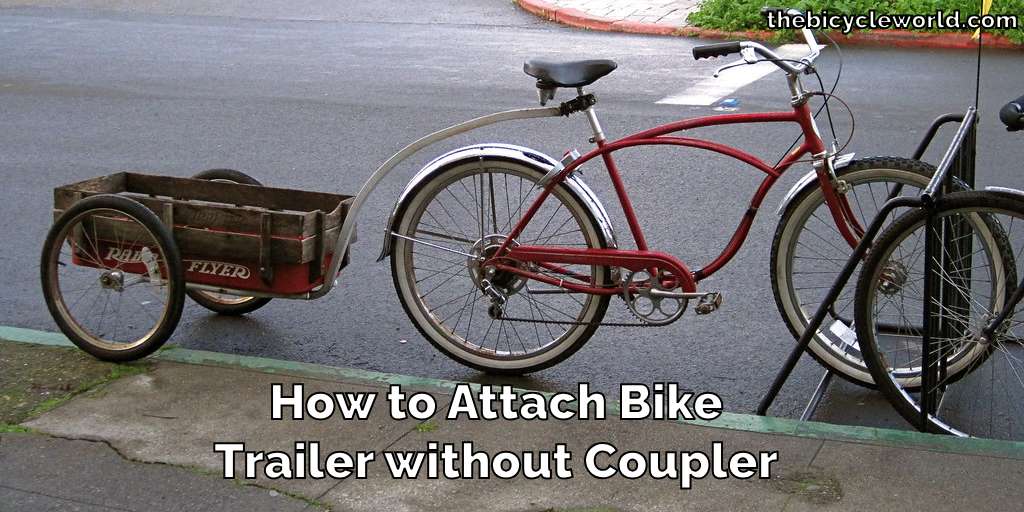
Whether you’re a seasoned cyclist or new to the world of biking, understanding how to attach a bike trailer without a traditional coupler is an invaluable skill that enhances your biking experience, ensuring safety and convenience on all your cycling adventures.
Understanding Bike Trailers
Bike trailers are useful additions that you can attach to your bicycle, making it easy to carry different things like goods, kids, or pets while you’re cycling. Typically, these trailers are attached at the back of your bike with something called a coupler. This coupler acts like a link between your bike and the trailer.
But sometimes, you might not have a coupler, or it might not be the right fit for your needs. In these cases, you’ll need to find other ways to attach your trailer securely. So, what exactly is a coupler? It’s a piece of hardware that plays a key role in connecting your bike trailer to your bicycle.
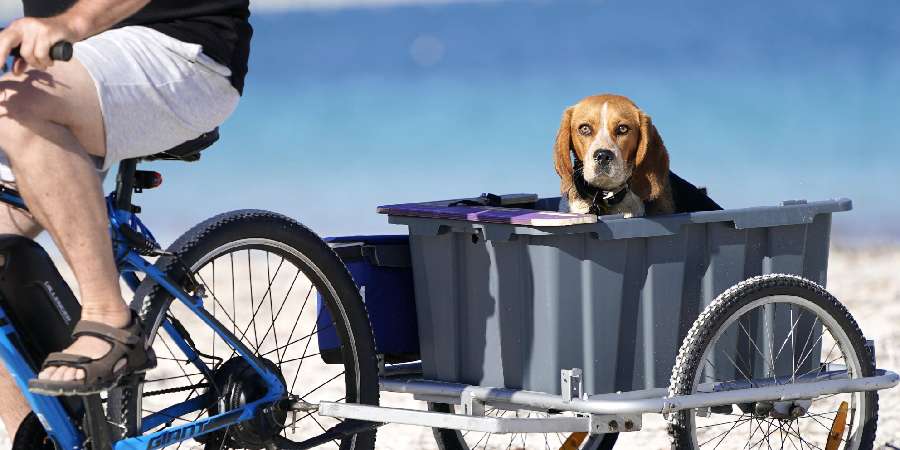
A coupler usually has two main parts: one part that clamps or attaches to your bicycle and another part that connects to the trailer. This setup is important because it ensures that the trailer stays firmly attached to your bike, moving smoothly with it as you ride.
Think of the coupler as a strong and steady hand holding the trailer and bike together, making sure they move as one. Understanding how your bike trailer is built and how it’s meant to work is very important.
This knowledge helps you figure out how to attach it safely to your bike, even when you can’t use a traditional coupler. By knowing the ins and outs of your trailer, you can make sure it’s always attached securely, giving you peace of mind while you ride.
Tools We Need to Attach Bike Trailer without Coupler
When you need to attach a bike trailer without using a coupler, having the right tools on hand is crucial. Here’s a list of basic tools you might need for this task. Remember, the specific tools can vary depending on how you choose to attach the trailer:
- Adjustable Wrenches: These are very handy tools that help you tighten or loosen bolts and nuts of different sizes. You’ll likely need them to securely attach parts of the trailer to your bike.
- Pliers: Pliers are useful for holding small parts or bending metal pieces. They give you a good grip and make it easier to handle small components while you work.
- Drill: In some cases, you might need to create new holes in the bike or the trailer for attaching them. A drill is perfect for this job. Make sure you have the right drill bits for the material you’re working on.
- Screwdrivers: Various types of screws might be involved in attaching your trailer. Having both flat-head and Phillips-head screwdrivers will cover most needs.
- Safety Gear: Safety should always be a priority. Wear gloves to protect your hands from sharp edges and to get a better grip. Protective eyewear is also important, especially if you’re drilling or cutting metal, to prevent any small particles from getting in your eyes.
- Measuring Tape: To ensure that everything lines up correctly, a measuring tape can be very helpful. It’s important to measure twice and attach once to avoid any misalignment.
- Zip Ties or Straps: For additional support or temporary attachment, zip ties or sturdy straps can be useful. They can help hold the trailer in place while you’re securing it more permanently.
- Metal File: If you need to smooth out any rough edges after cutting or drilling, a metal file is the tool for the job.
These tools are not just for attaching the trailer without a coupler they’re also great additions to your general bike maintenance kit. Remember, the process might require some trial and error, so patience and careful planning are key.
How to Attach Bike Trailer without Coupler
Attaching a bike trailer without a coupler is a process that can be done by most people with basic tools. It’s important to follow these steps carefully for a safe and secure attachment:
Choosing the Right Trailer
First, check if your trailer can be attached without a coupler. Some trailers are specifically made for this method of attachment. Look for features like a flat bar or a straight arm that can be connected directly to the bike.
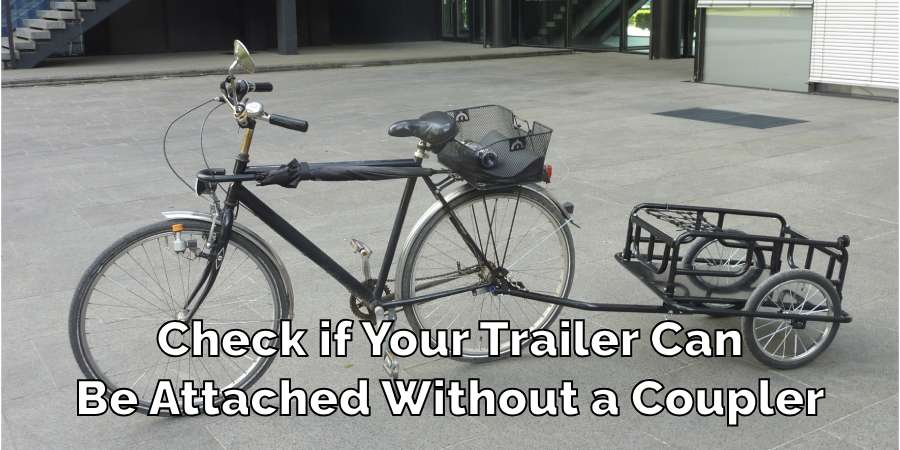
Gathering Necessary Tools and Supplies
You will need common tools such as wrenches. A drill might be required if you need to create holes for the attachment. Additionally, gather necessary items like bolts, nuts, and a metal bracket or clamp that will hold the trailer to your bike.
Preparing the Bike for Attachment
Find the spot on your bike where the trailer will be attached. This is often near the back wheel or under the seat. Clean the area well and remove anything that might get in the way.
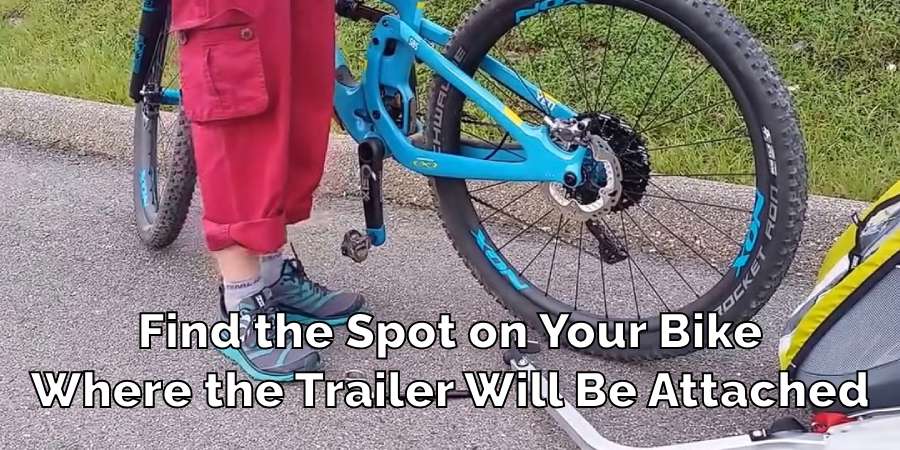
Attaching the Bracket or Clamp
If your trailer has a special bracket or clamp, fasten it onto the bike in the spot you have prepared. Use the tools to tighten it, but be careful not to damage your bike in the process.
Connecting the Trailer to the Bike
Line up the trailer’s arm with the bracket or clamp. Put a bolt through both parts and then fasten it with a nut. Make sure it’s tight and secure.
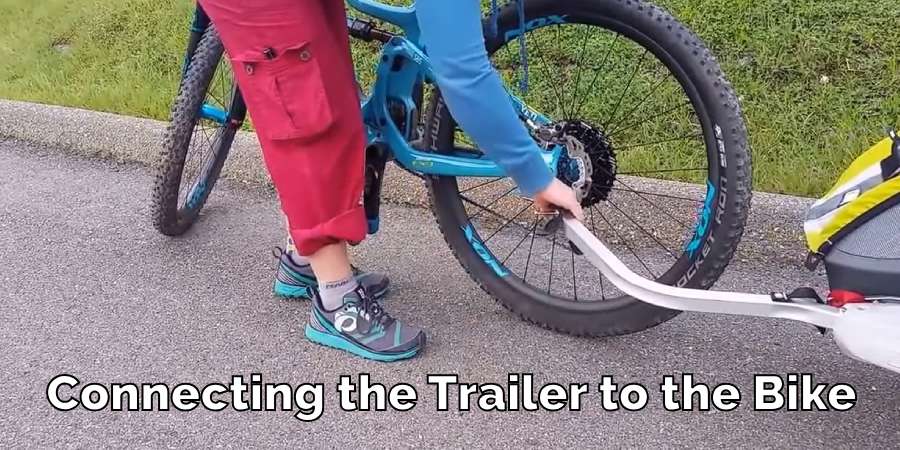
Checking the Attachment Thoroughly
Before you start using the trailer, inspect all the parts you have connected. Make sure they are all tight and well-secured. Tug on the trailer gently to ensure it is firmly attached and won’t come off.
Doing a Test Ride
It’s a good idea to do a test ride in a safe area to make sure the trailer is properly attached. It shouldn’t move around too much or come loose. Ride slowly and pay attention to how it feels.
Safety should always be your main concern when attaching a bike trailer. If you’re not sure about any part of the process, it’s a good idea to ask for help from someone who knows about bikes or look at the instructions that came with your trailer.
Safety Considerations
Safety should always be your top priority when attaching a bike trailer, especially without a standard coupler. Here are some important points to keep in mind:
- Secure Attachment: Make sure the trailer is attached very securely to your bike. This means checking that all bolts and straps are tight and won’t come loose while you’re riding.
- Regular Inspections: Before each ride, take a moment to check the attachment points for any signs of wear or damage. This includes looking for any cracks, loose parts, or worn-out straps that might need replacing.
- Be Aware of the Extra Length and Weight: Adding a trailer changes how your bike handles. It will be longer and heavier, especially when the trailer is loaded. This means you should take turns more slowly and give yourself extra time and distance to stop.
- Practice Riding with the Trailer: Before going on a long ride or heading into traffic, practice riding with the trailer in a safe area. Get used to how it feels and how your bike responds with the trailer attached.
- Load the Trailer Evenly: If you’re carrying items in the trailer, distribute the weight evenly. This helps keep the trailer stable and makes it easier to control your bike.
- Use Reflectors and Lights: If you’ll be riding in low-light conditions, make sure both your bike and the trailer have reflectors and lights. This makes you more visible to other road users, which is especially important with the added size of the trailer.
- Teach Children about Safety: If you’re carrying children in the trailer, teach them to stay seated and keep their hands inside the trailer at all times. Also, ensure they wear helmets for extra protection.
- Know the Law: Be aware of any local laws or regulations regarding bike trailers. Some places have specific rules about using trailers on roads or bike paths.
Remember, taking these precautions not only ensures your safety but also the safety of others around you while you enjoy your ride.
FAQ’s
How Do You Mount a Trailer?
Mounting a trailer to your bike is a straightforward process. You usually attach it to the back of your bicycle. The most common way to do this is by using a coupler, a special device that connects the trailer to your bike. If you don’t have a coupler or can’t use one, there are other methods.
For example, you can use custom-made brackets that fit your bike and trailer. Alternatively, strong straps or ropes can be used for a temporary setup. Whichever method you choose, make sure the trailer is securely attached and double-check all connections before starting your ride.
How Do You Install a Bike Holder?
Installing a bike holder, also known as a bike rack, is a task you can usually do yourself. A bike holder is attached to your bike’s frame. You can put it either at the front or the back, depending on the type of rack and your preference. To install it, you typically need screws and brackets that come with the rack.
The process involves placing the rack against the frame of your bike and using the screws to securely attach it. Make sure it’s tightly fastened and doesn’t wobble. It’s also a good idea to check the rack’s weight limit to ensure it can safely carry your items.
How Much Weight Can a Bike Trailer Hold?
The amount of weight a bike trailer can safely carry depends on its design and how it’s built. Different trailers have different weight limits. It’s really important to check the manufacturer’s specifications for your specific trailer.
This information can usually be found in the user manual or on the manufacturer’s website. Overloading a trailer can be dangerous and can make it difficult to control your bike. It’s also good to remember that the weight limit includes the weight of the trailer itself, not just what you put inside it.
Distributing the weight evenly in the trailer helps maintain balance and makes it easier to ride your bike.
Conclusion
Mastering the technique of attaching a bike trailer without a coupler can greatly enhance your cycling experience. It’s a valuable skill that adds versatility to your rides, allowing you to carry various items, from daily essentials to adventure gear, even when a standard coupler isn’t available.
While exploring this method, always keep safety at the forefront. Check and double-check that your trailer is securely attached before each journey. This ensures not just your safety, but also the safety of your cargo and others around you.
Equipped with this knowledge and the right tools, you’re all set to enjoy a broader range of biking adventures, confident in your ability to adapt and overcome any challenge that comes your way. This article has explored how to attach bike trailer without coupler.

